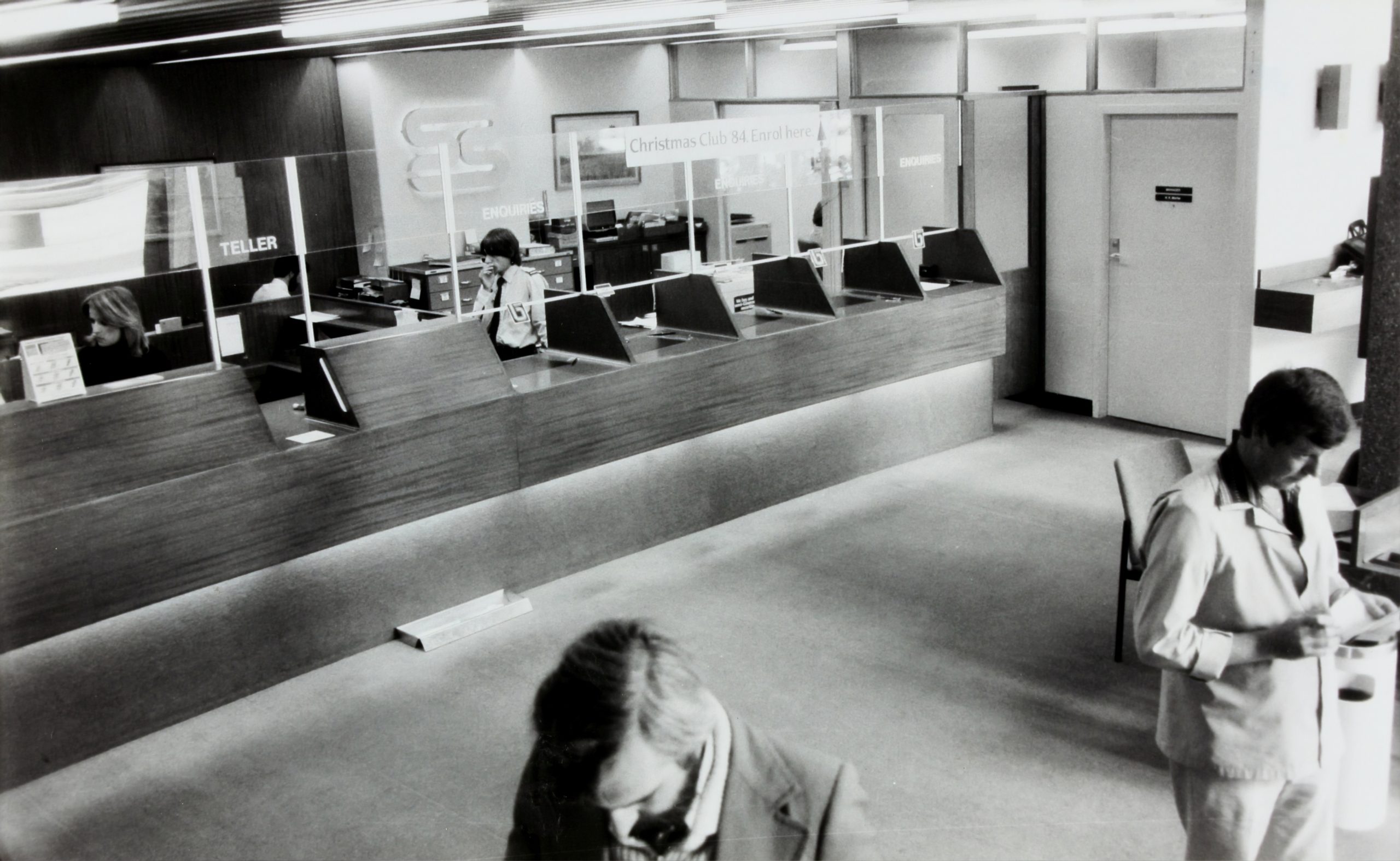They can, when they apply the thought process of the PSO-model, when the customer (the business) ensures the integration of models for project managers and change management and lastly, when the customer implements project-portfolio management.
The purpose of project managers support is often to support a change with the customer who has to realize the benefits that the project needs to support. A project has therefore not succeeded, unless the anticipated benefits have been achieved. And that requires skilled project managers.
In my role as project manager I have experienced, as many others probably also have, the customer (internal or external) either not being ready to receive my deliverables, or never beginning to use them. Among other things, this raises the question of whether a project can be orchestrated and completed so that it supports this change with the customer.
The following is based on Erling Andersen’s (1) version of the PSO-model. What this model essentially communicates, is that we should transition from a task-oriented approach to project management, to an organization-oriented approach. PSO stands for People, Systems and Organization and states that projects should contain deliverables within all three areas.
New theoretical starting point
Many of the elements of modern project management are based on rational thinking (economic man). All experience shows that this approach is not a good fit for projects, as not all information can be obtained, not everything is statistical, not all scenarios can be considered etc.
PSO is based on the agent-theory, which talks about achieving a socialization between the principal (such as project owner in a basis organization/with the customer) and the agent (project managers). This means, that the objectives being worked towards are common opinions, values and beliefs with the aim of building collaboration on a foundation of shared worldviews and similar goals. Through this approach, the management of the project can become non-rational, or in contemporary English; agile.
New focus
The focus of the project should not be on completing the established tasks in the plan, but on value-creation, understood as the creation of the desired development in the customer’s (the principal’s) organization. It is important to be aware that value creation usually demands change within the customer’s organization. In other words, the project should plan for change and not just tasks.
The road to project success
A project is not successful because it conforms to the project triangle. Success needs to be measured in relation to whether the objective of the customer’s project has been completed. The purpose of the project is to help the customers achieve their future situation. This means that the project has to help ensure that its deliverables support changes, that will lead to this future situation.
A customer’s strategic goal can for example be to increase customer satisfaction in order to increase revenue (benefit). This means, that the project’s deliverables have to lead to increased revenue. The road to customer satisfaction can for example follow the subsidiary goals: an up-to-date overview of customer engagement, and follow-up on inquires only being allowed to take one day at most. These goals are the project deliverables and have to be produced in collaboration with the customer.
The nature of the project goals
The project triangle normally makes up the core of project goals. They are most often established at the beginning of a project and are unchangeable. The goal for time prepares the ground for revolutionary and Big Bang-delivery. With the PSO-model the goals are more moveable, as the customer’s situation is not static, the project triangle functions as framework conditions and the goal for time is evolutionary development and ongoing deliverables for both the P, the S, and the O. In other words, the PSO-model supports a world of changes and room for growth.
Tear down the fence
When projects have produced their deliverables, they throw them across the fence to the customer and the project participants move on to the next project. With regular intervals, the customer and other stakeholders have received information concerning progress etc.
The PSO-model recommends, that the stakeholders become active participants in the project, and that it is customer who should own the project. This leads to a maximum amount of involvement and commitment. In this way you can assure that you focus on the customer’s purpose and goal.
Planning is open-ended
Usually, it is at the very start of a project that a task-oriented detail plan is devised, including WBS, network etc. The plan is devised in order to facilitate the fastest possible delivery. I would posit, that those types of plans only last until you print them. Not everything can be planned out from start to finish because there will be learning along the way (advisable to re-evaluate) and unforeseen incidents (necessary to re-evaluate).
PSO recommends, that your plan consists of milestones, where the key milestones are the deliverables. The deliverables for each individual milestone have to be clearly defined and measurable. Only the three first milestones should be broken down in detail. Timeframe-wise the project has to plan the deliverables in such a way, that the customer is able to implement them. Meaning that it is the customer who decides, when the deliverables should be delivered.
It is inevitable that the stakeholder’s demands and expectations will change, which is partly a result of their changeable environment, and the project also needs to be able to accommodate this.
Wide vision is a virtue
Usually, projects are action-oriented and inward-looking. This is caused by projects being focused on delivering as fast as possible. As a consequence of this, they overlook changes to the project’s environment and the need to co-operate with the customer. The PSO-model is of course also action-oriented (delivery has to happen after all), but it also involves the political perspectives of project completion.
Moreover, as mentioned earlier, the close interaction with the stakeholders and their dynamic environment demands that the project is outward-looking, also called wide vision.
The management-style has to transform
When you are action-oriented, your management-style often becomes transaction management, where the main focus is on completing tasks. This type of management-style is not enough, when the focus is supporting changes with the customer.
Changes require that you see a transformation from one circumstance to another in a customer’s organization where the management-style should be transformation management. Transformation of an organization also entails employees having to change their behaviour, something which the change theories perceive as a serious challenge. Therefore, the project managers have to have insight into the approach to organizational change.
Socialization as control
Control and follow-up in common project-management focuses on consumptions per hour, costs, quality, staffing as a resource and earned value analyses. This is not sufficient and does not necessarily provide a status in the PSO-model. In the model, control and follow-up happens through socialization between the principal and the agent, as their shared approach to the project, their trust etc. entails that control and follow-up is not necessary when it comes to progress.
The basis of it all is that deviancy from one of the project goals is not a determining factor. The PSO-model requires a holistic view of the project’s delivery. Remember, it is the goals of the customer you have to deliver, and the traditional project goals are only framework conditions.
The difference between the task-oriented and the organization-oriented approach can be illustrated using the figures below, made by Erling Andersen (1).
Figure 1 – The task-oriented approach to project delivery
Figure 2 – The organization-oriented approach to project delivery
The customer’s governance responsibility
The purpose of the PSO-model is to help the project manager become more involved in the change on the customer’s end, that the deliverables form the basis of. By moving away from a purely task-oriented approach and towards an organization-oriented approach we challenge the contractual relationship between the customer and the project manager as supplier.
The project will seek to implement changes instead of delivering deliverables, where the project triangle functions as framework conditions.
The customer will also be challenged, as they can no longer just order a project under contract but have to take ownership of the project and participate in producing its deliverables. It is important to note, seen from the perspective of change, that the PSO-model is not enough to ensure, that the desired changes support the strategy and the actual completion of them.
The figure illustrates that the challenges of changes for example consist of
1. transition 1 – from strategy to initiatives
2. transition 2 – from project- and program deliverables to the customer
3. the missing interaction/collaboration between the temporary organization and the basis organization
4. the missing integration between the program- and project model and the change model. The PSO model helps with transition 2
In order to overcome challenge 3 and 4 the customer (the business) has to expand its governance structure with a change model. The focus needs to be on every phase of the change process, and an integration needs to happen between models and processes for change management and program- and project management.
In order to overcome challenge 1, the customer can implement project portfolio management (PPL). PPL can also ties the entire flow from strategy to benefits realization together.
Implementing both PPL and a change model will further help management support changes, as the following is clearly defined:
- Responsibility and competencies, ensures that decision-making competency (accountability) is prepared within the governance structure
- Procedures/processes, establishes a clear division of labour- and responsibility
- The responsibility for control and corrective actions is clearly described
This will allow the project manager to make demands on the customer.
(1) Andersen, Erling, Rethinking Project Management, An organizational perspective, Pearson Education Limited 2008










